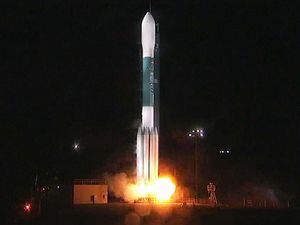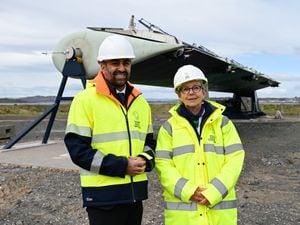This new satellite is going to make seven-day forecasting more accurate
The JPSS-1 is the first of four satellites to be deployed with next-generation technology to improve US forecasting.

Weather forecasts could soon be improved after a new satellite launched into orbit.
The highly-advanced polar-orbiting satellite is equipped with next-generation technology to improve the accuracy of seven-day forecasting.
Known as JPSS-1, it is the first of four new-style units deployed by Nasa for the US National Oceanic and Atmospheric Administration (NOAA).
It will spend the next three months in testing phase and then go live.
“Launching JPSS-1 underscores NOAA’s commitment to putting the best possible satellites into orbit, giving our forecasters – and the public – greater confidence in weather forecasts up to seven days in advance, including the potential for severe, or impactful weather,” said Stephen Volz, director of NOAA’s Satellite and Information Service.
Five instruments will measure atmospheric temperature and moisture, clouds, sea-surface temperature, ocean colour, sea ice cover, volcanic ash, and fire detection.
The data will improve weather forecasting in the US, such as predicting a hurricane’s track, and “will help agencies involved with post-storm recovery by visualising storm damage and the geographic extent of power outages”, said Nasa.
It will also help to map weather events like El Nino and La Nina.
“Emergency managers increasingly rely on our forecasts to make critical decisions and take appropriate action before a storm hits,” said Louis W Uccellini, director of NOAA’s National Weather Service.
“Polar satellite observations not only help us monitor and collect information about current weather systems, but they provide data to feed into our weather forecast models.”
The satellite, currently known as Joint Polar Satellite System-1 (JPSS-1), launched into orbit on November 18 on a United Launch Alliance Delta II rocket from the Vanderberg Air Force Base in California.
Once it’s finished the testing phase, the satellite will be known as NOAA-20.
It runs on solar power.





